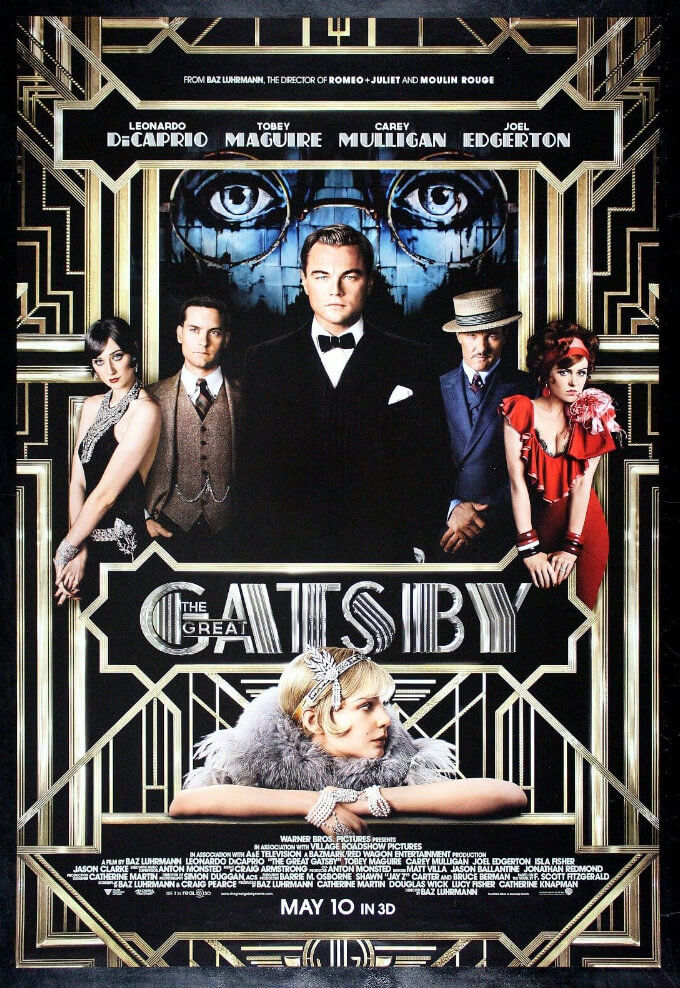Abstract Design in Graphic Design
- Uğur KURŞUN
- Jun 22, 2024
- 2 min read
The world of graphic design encompasses a multitude of styles and techniques. One such technique is "abstract" or "non-representational" design. Abstract design is an artistic approach that expresses ideas through forms, colors, and lines without directly representing a specific object, landscape, or figure.

What is Abstract Design?
Abstract design is a form of art where real-world objects or scenes are not directly depicted. Instead, emotions, thoughts, and concepts are conveyed through visual elements. This allows the viewer to add their interpretations, providing a highly subjective experience. In graphic design, abstract design is commonly used in logos, posters, digital artworks, and other graphic elements.
Fundamental Principles of Abstract Design
The fundamental principles of abstract design differ from those of classical art but still adhere to certain rules and principles:
Form and Shape: In abstract design, forms and shapes are typically geometric or organic. These forms express a concept or emotion rather than representing a specific object.
Color: Color plays a crucial role in abstract design. Colors are used to evoke emotional responses and create a specific atmosphere or feeling.
Composition: Composition involves the overall arrangement and balance of the design. Abstract designs often feature dynamic compositions that guide the viewer's eye and create a focal point.
Texture and Pattern: Texture and pattern add visual interest and depth to abstract design. Different textures and patterns contribute to the richness and complexity of the design.
Applications of Abstract Design in Graphic Design
There are many applications for abstract design in graphic design. Here are a few examples:
Logo Design: Logos are graphic elements that represent a brand's identity and values. Abstract design offers a creative and innovative approach to logo creation. Abstract logos, created with simple forms and colors, ensure that brands remain memorable and unique.

Poster Design: Posters are graphic elements designed to convey messages quickly and effectively. Abstract design is ideal for creating eye-catching and striking visuals in posters. Creative use of colors and forms enhances the visual impact of posters.

Digital Art: Digital artworks are artistic creations made using digital tools and techniques. Abstract design pushes the boundaries of digital art, offering artists limitless creative possibilities. Digital abstract art is frequently seen in modern art galleries and digital platforms.
Advantages of Abstract Design
Abstract design offers numerous advantages. Here are some of these benefits:
Creativity and Originality: Abstract design provides designers with unlimited creativity and originality. Without the need to directly represent any object, designers can freely express their style and vision.
Universal Language: Abstract design creates a universal language that is not tied to a specific culture or language. This allows abstract designs to be understood and appreciated by a broad audience.
Emotional Impact: Abstract design can evoke emotional responses from viewers. The creative use of colors, forms, and composition leaves a powerful impression on the audience.
Abstract design holds a significant place in the world of graphic design. Through the creative use of forms, colors, and composition, abstract design offers a unique experience for both designers and viewers. From logo design to poster design, from digital art to other graphic elements, abstract design has a wide range of applications. Understanding the power and impact of abstract design in graphic design is key to creating successful and innovative designs.



